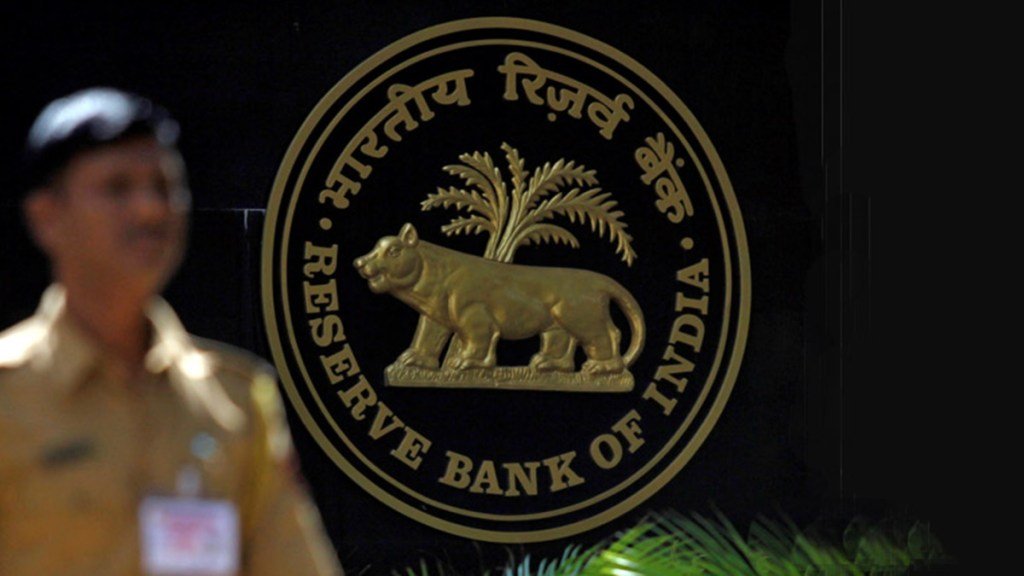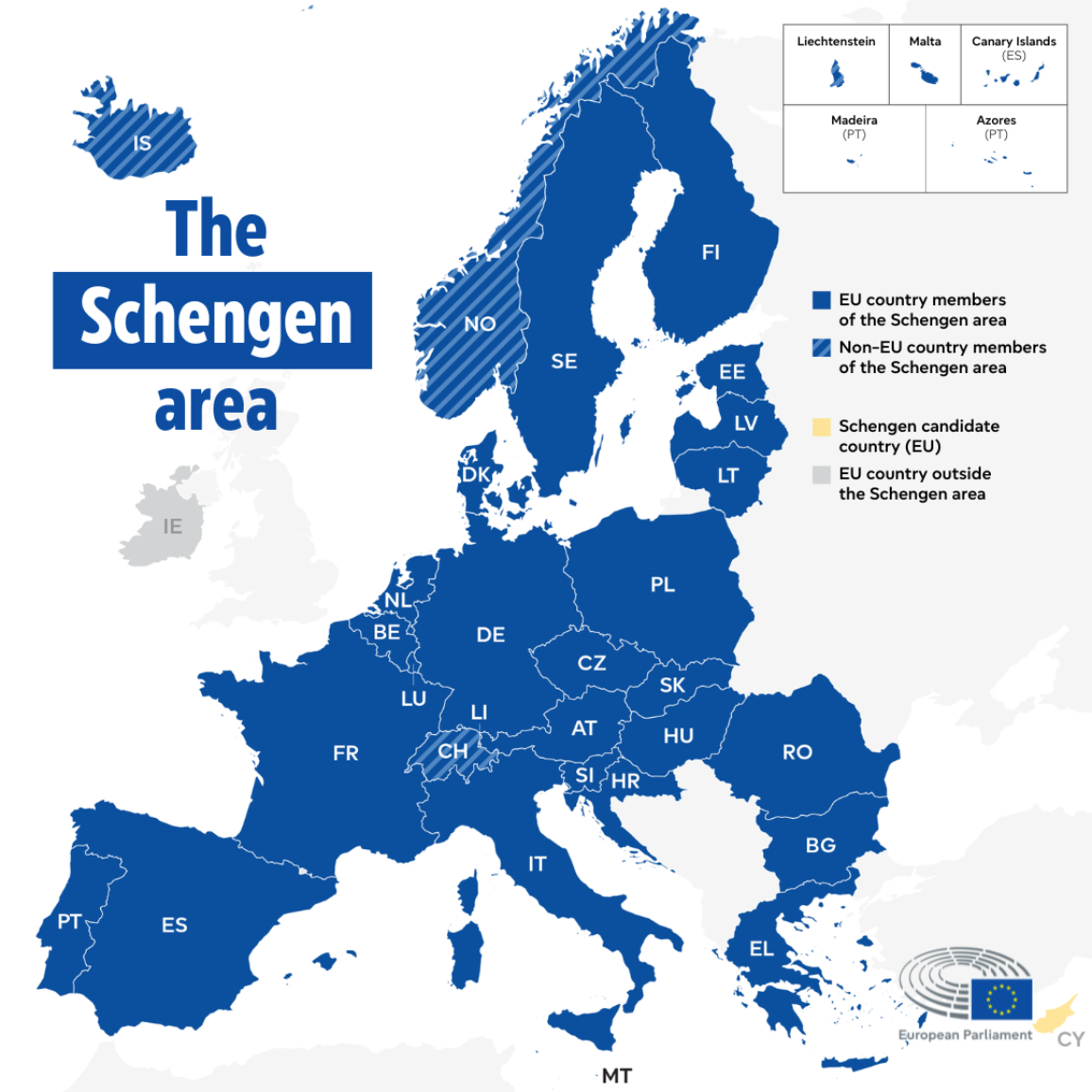
Shares of major gold loan companies have come under pressure following the Reserve Bank of India’s release of draft guidelines aimed at regulating lending practices against gold. While non-banking financial companies (NBFCs) have downplayed the potential impact, the proposed changes could influence the sector’s growth trajectory.
The draft, titled Lending Against Gold Collateral Directions, 2025, outlines a regulatory framework designed to ensure consistency across all institutions offering gold-backed loans. The aim is to introduce a principle-based and harmonised approach that applies to commercial banks, co-operative banks, and NBFCs. This includes standardising underwriting procedures, improving collateral management, and closely monitoring how borrowed funds are used.
The RBI’s move comes at a time when gold loans are growing rapidly. Tighter access to unsecured credit, rising financial stress among microfinance borrowers, and increasing gold prices have driven demand. As of February 2025, gold loans saw an 87% year-on-year rise in outstanding amounts, reaching ₹1.91 lakh crore, significantly outpacing the growth of other personal loan segments. The central bank appears to be acting pre-emptively to avoid this segment becoming a source of financial instability, similar to past issues in the microfinance sector.
Key proposals in the draft guidelines include prohibiting loans against primary gold and silver, such as 24-carat bars, or against gold- or silver-backed financial products like ETFs or mutual funds. Borrowers would not be allowed to take multiple gold loans simultaneously for both consumption and income-generating uses. Lenders must verify and document collateral ownership, and loans secured by re-pledged gold would no longer be permitted. For consumption loans with bullet repayment structures, the maximum tenure would be limited to 12 months.
Additionally, the RBI proposes that lenders integrate gold loan policies into their broader credit and risk frameworks, enforce exposure limits, and ensure loans are sanctioned based on repayment ability. Lenders would also need to establish systems for monitoring the use of funds and maintaining proper documentation.
Following the draft announcement, the stock prices of key players such as Muthoot Finance fell nearly 13%, with Manappuram Finance and IIFL Finance seeing drops between 3% and 8%. Despite the market reaction, NBFCs argue that the new guidelines represent a step toward creating parity with banks, which benefit from cheaper capital, broader regulatory leeway, and more favorable terms in offering gold-backed agricultural loans.
According to industry executives, many of the proposed norms are already in place for NBFCs, particularly in terms of collateral transparency and public disclosures, such as auction notices in newspapers. They argue that banks may now be required to meet similar standards, narrowing the regulatory gap.
However, analysts remain cautious. While the RBI has stated that the proposed rules are a rationalisation rather than a tightening of regulations, there are concerns about how the norms might affect NBFCs more than banks. For instance, although the maximum loan-to-value (LTV) ratio remains at 75%, lenders will now have to include accrued interest when calculating the LTV for bullet repayment loans used for consumption. If the LTV exceeds 75% for more than 30 days, lenders must provision 1% of the loan amount. This provision can only be reversed once the LTV is brought back within limits and maintained for a full month.
This rule applies more stringently to NBFCs. While banks face the LTV rule only for consumption loans, NBFCs must comply with it even for income-generating loans, potentially making their operations more capital-intensive.
The draft guidelines are open to feedback from stakeholders and the public. If finalized in their current form, they could make gold loans less accessible for some borrowers. Restrictions on concurrent loans, tighter documentation requirements, and increased monitoring of fund usage may lead lenders to become more selective. Borrowers may also find it harder to pledge gold without clear proof of ownership.
Nonetheless, the draft includes consumer-focused measures aimed at curbing over-indebtedness. Lenders must assess a borrower’s repayment capacity before disbursing a loan. Renewals or top-ups would only be permitted if the loan is still considered “standard” and complies with the LTV cap. These measures are designed to promote financial discipline and prevent borrowers from becoming trapped in unsustainable debt cycles.




















